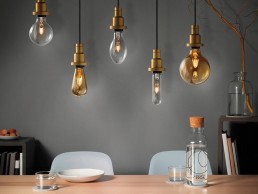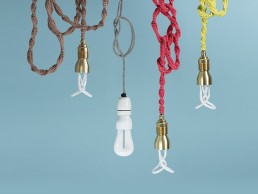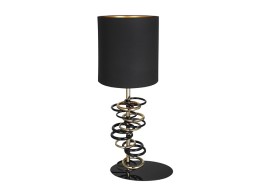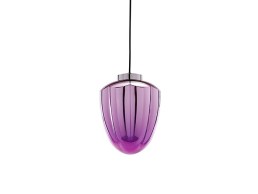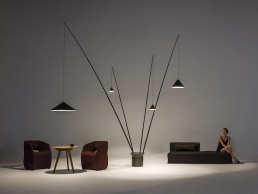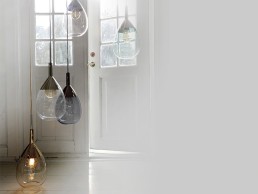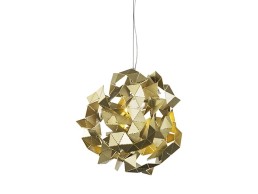Christian Flindt
The Danish designer talks darc through his innocent love affair with light that has grown to include collaborations with the likes of Louis Poulsen.
Growing up under the influence of his Art Gallerist mother and Pathologist father, Danish designer Christian Flindt has developed an approach to design that lies somewhere between the creative and the analytical. As a child, Flindt spent time at his mother’s art gallery every day after school, playing with the abundance of artistic tools at his disposal. Having initially studied architecture, Flindt was fascinated by the idea of making spaces that people could walk into. He has now scaled his ambitions down with more of a focus on the props within the scene. “I really love it. I think it’s a good mix between the architect and the artist that I have flirted with earlier in life,” Flindt tells darc.
With exposure to such a high quality of art since his youth, Flindt aged eleven came across an exhibition at Denmark’s Aarhus Art Museum by James Turrell, now standing out as one of his earliest influences: “I remembered what I saw as being totally new to me and I didn’t really know how to place it in my mind. I had two conflicting feelings; it was so much and yet there was nothing really in the museum – just light. On one hand, there were white volumes coming out of walls and corners, but when you got closer, it was just flat light on a surface. It was fantastic – a mind blowing firework and a pause of silence at the same time.”
Going on to study building, architecture, furniture and design in Denmark and the UK, Flindt has a broad understanding of large and small-scale design. He has followed the work of Danish artist Olafur Eliasson, who creates on all scales from architectural structures to solar powered lighting products; much of his work is driven by how light and the surrounding world is perceived, which relates strongly to Flindt’s earliest experiences with light and his own work today. Yet Flindt’s deep fascination with pure form could only have been nurtured by the Queen of the Curve herself. “To have followed the work of Zaha Hadid and see it develop over the years has been like seeing the main characters of your favourite TV series evolve. I can’t understand that she is no longer here,” he says.
Hadid’s boundless influence can be seen in Flindt’s respectful approach to form and function. The Danish designer gained experience working at an architectural firm in Melbourne, feeling very much inclined towards the overall ideas behind a building and the industrial production of its parts. “What I love about being a designer working with a smaller scale is the soft sketches, the rough physical prototyping – the precise digital work on the computer but also the dialogue with producers, engineers, suppliers of materials and services. “Designing is versatile, varied and exciting. And you get these physical objects in the end, which capture all you have been through. You can touch it, look at it, use it and have feelings for it, and other people can to, which I find very rewarding.”
When Flindt moved away from architecture towards design, he intended to focus on making furniture as he found it to be a very tangible design process; the direct outcome of an industrialised product based on a direct ergonomic dialogue with the human body. Contrastingly, he initially found light to be more diffuse. “Now I have been working with light for about a decade on projects such as limited edition chairs with light, outdoor lighting and dynamic lighting for hospitals, I now feel that I’ve got it more under my skin, “ he says. “Although working with light is not as concrete as building a chair in clay, light is something you can have a dialogue with. No matter what material you use for your fixture, light will penetrate, illuminate, get filtered, reflected or will sweep over a surface.”
Flindt now finds comfort in his understanding that light needs to be in dialogue with other materials to show itself. The production of lighting products is a process of modifying these materials to get feedback to direct the designer towards the perfect balance between light and material.
Flindt’s most notable projects include several limited edition furniture and lighting pieces represented at museums and private collections in Denmark and further afield. Having designed a chair for the Danish furniture company Paustian, and some smaller furniture pieces for Danish company Design Letters & Friends, Flindt’s most prominent work within the world of lighting has been with Louis Poulsen, for whom he has designed a number of both decorative and architectural products. “Louis Poulsen saw my final furniture project from the School of Architecture in Aarhus, approached me and asked if I could also make a light fixture for them,” he tells darc. “They liked my sculptural approach and the playful way I used different materials.” It took some years before Flindt felt ready to make comprehensive design proposals in lighting, his first for Louis Poulsen being a weaved lamp series of pendants and floor-lamps. “Instead of using metal shades to reflect light like Poul Henningsen did for Louis Poulsen, we avoided glare by weaving to filter the light.” However this product didn’t last long on the market and was taken out of production in 2010. In 2012, Flindt designed the Flindt Bollard, which has become very popular, stimulating growth in the designer’s collaboration with the manufacturer.
“Louis Poulsen is definitely the best company I have worked with,” he says. “They are demanding, but there is a respectful tone between people in the organisation and its product developers, and I love to work with them. It will be exciting to follow them over the next five years as they are back under Danish management.”
Through his experiences in architectural and decorative creative design, Flindt enjoys varying his style, treating each project as a new entity. “I never know exactly how I want to execute a project,” he says. “I don’t know if I have a special signature or form-language that people can identify as mine. I’ve done things with straight lines, curved lines, round shapes, and everything in between. I think I perform best if I stay as free as possible.” Yet even within this freedom, Flindt excitedly finds himself amidst an inescapable trend – the paradigm shift from the incandescent lamp to LED. As an enormous technology driver, which opens up the artificial lighting market, LED presents new possibilities and different ways of integrating light into fixtures and other objects. “I am extremely excited to find myself in the middle of this,” he says. “I think trends right now are around saving energy, clever thinking and finding more ways to use this new light source to make a brighter future for humans. That’s a trend to strive for.”
Flindt’s energy-efficient focus also works towards bridging the gap between decorative and architectural lighting products, with his current projects working to find “new, effective and more aesthetic” solutions for lighting in Danish schools.
Light is an enormous spectrum that interests Flindt as a designer and as a human being. The importance of light weaves into human life in many ways, with sunlight defining the tone of one’s skin to the inner biological clock. Across his works, Flindt strives to make contact with these powers of light, making use of current trends and the freedom he finds within them. It may not be the most tangible nor the simplest to create, but throughout his creative upbringing and constant exposure to art, light is something Flindt has felt an unavoidable pull towards and above all, a respect of its uninterrupted presence.
Lee Broom opens New York store
(US) - Named Broom off Broome, the New York store opened May 12 2016 during NYC x Design festival, just before ICFF.
Remaining open until June 10 this year, Broom off Broome showcases and sells over 50 of Broom’s lighting, furniture and homeware designs. The 186sqm temporary store is named after its location at 63 Greene Street, just off Broome Street in Soho, New York.
“We are delighted to unveil our first store in America and in one of my favourite places,” commented Broom. Its interior re-imagines British Georgian architecture juxtaposed with a raw New York industrial aesthetic, creating a Postmodernist theatre.
Broom commented: “With the new store I really wanted to create a space which equally focuses on the customer experience as well as the aesthetic experience, showcasing the brand and all of our products in an exciting and unexpected way.”
The opening overlapped with the launch of The Mini Crescent light – Broom’s design exclusive to the US market. This is a smaller version of the Crescent light – a split globe-shaped lamp that debuted during Milan Design Week 2015. The Mini Crescent is available as a single pendant, three-tier chandelier and a table light, and will mark Broom’s first desk lamp.
Osram Edition 1906
The Edition 1906 range evokes styles and appearances from the turn of the century. The LED and halogen lamps in the series are available in the classic Globe, Edison, Oval and Tubular forms, emitting discreet light thanks to low wattages. The gold-coloured coating of the LED glass lamp additionally emphasises the vintage design.
Astro Cabin
With its contemporary take on a nautical theme in robust die-cast construction, Astro’s Cabin was revealed in bronze at Light+Building. This splash-proof luminaire is equally at home indoors or outdoors, and can take a retro feel when teamed up with squirrel-cage lamps but can also be specified with LED.
Plumen Base Cover
Dressed to impress, Plumen's Base Cover is the new accessory designed to match the Plumen lamp with any commonly-used lamp holders. Made from spun metal, Base Cover is available in brass, chrome and white. The cover simply slips over the ballast of any Plumen lamp to give the fixture an instant update.
Castro Galaxy
Inspired by the Milky Way, the Galaxy collection recreates the things present in various planets. Made of brass, gold and lacquered in black, the pieces in this collection are characterised by unpredictable effects between the rings that intertwine granting an organic form that stands out in the spaces.
Millelumen Shield
Inspired by the shields of the Masai from Tanzania, Shield consists of two main parts: an opalescent diffuser and a white-painted aluminium structural chassis. The shade is semi-translucent; some of the light falls onto the wall or ceiling, creating an attractive aura based on clear geometry and rectilinear shapes.
VISO Martini
The Martini is part of VISO's newly launched Made With Love collection and was seen for the first time at Light+Building. Designed by VISO CEO and head designer Filipe Lisboa, Martini is comprised of a semi metalised polycarbonate shape with polished chrome metal parts, particularly suited to clusters in a variety of settings.
Vibia North
The base and the source of North lamp are displaced, separated in space from one another providing unexpected lighting effects. North generates a uniform light from a traditional hanging shade suspended from an elongated carbon-fibre rod. This can be attached to a wall, ceiling or a mobile heavy base.
Ebb & Flow Lute
The Lute pendant lamp is a modern classic, tall and elegant with a perfect balance between top and bottom. Inspired by the musical instrument, the Lute is playful in its choice of colours, green with gold, coral with copper, and is also available in classic combinations like platinum with smokey grey and gold.
Sammode Musset 88
Musset 88 was designed by Normal Studio to celebrate Sammode’s 88th anniversary. Produced in 88 limited and numbered copies, metallic parts in stainless steel are covered with a matte black finish normally used in the production of knives. The light fitting is equipped with an intensity-breaker grid, offering a warmer and less direct light.
Brand van Egmond Fractal
Fractal connects to the brain’s instinct to recognise patterns in the opaque. The fractal is a mathematical phenomenon that exhibits a repeating pattern at every scale. The organised chaos of reflecting elements of Fractal disperse the light in all directions, with finishes in stainless steel, red copper, brass, black or white.

